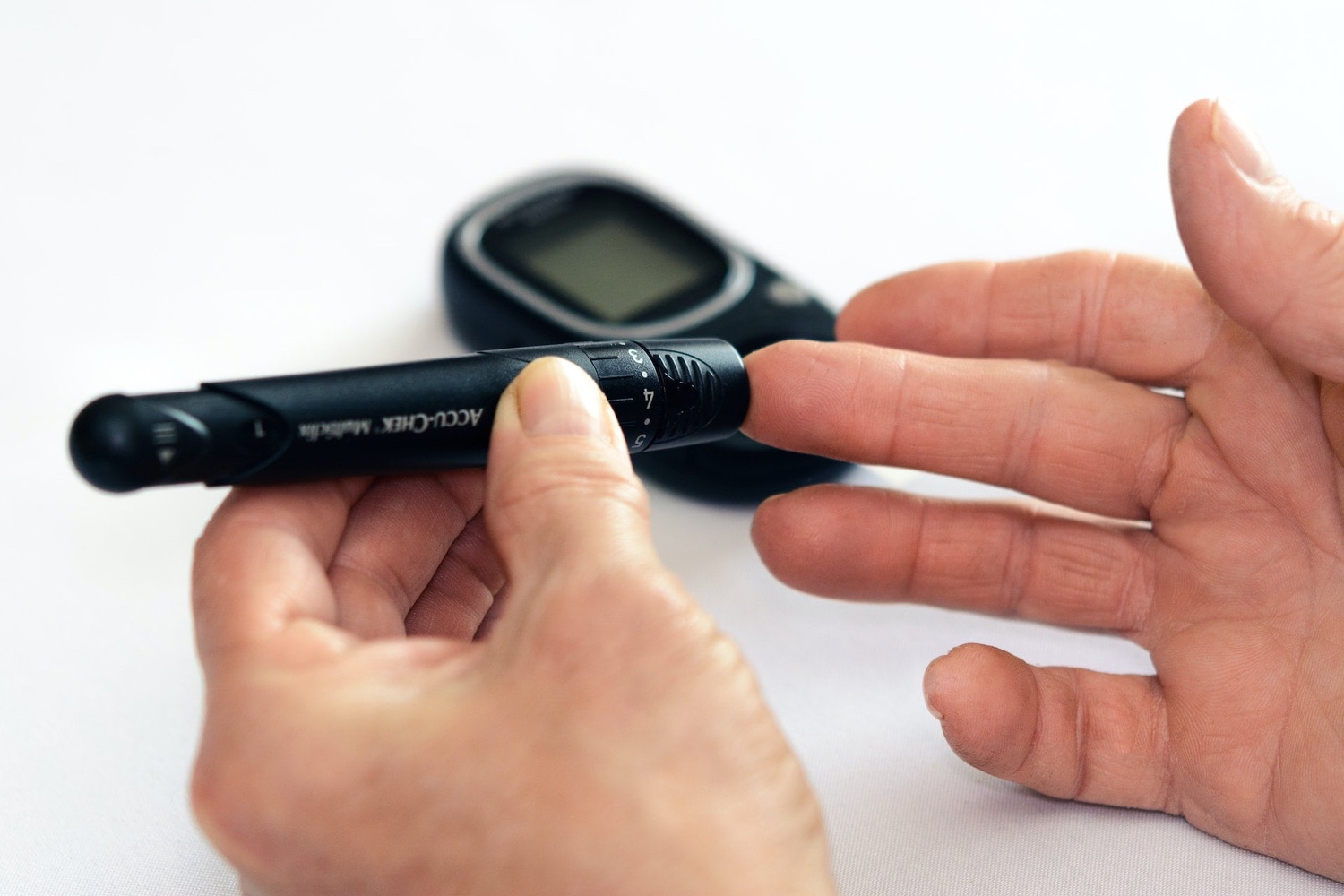There are as many types of diabetes as there are people. But do you know which are the most common ones? In this article you will find out.
Diabetes is a metabolic disease, which means that it affects the metabolism, that is characterized by inadequate blood sugar levels. This is because the metabolism itself is not producing or properly using insulin, which is the hormone produced by the pancreas responsible for regulating blood sugar. This last can happen for many different reasons, that is why, in today’s article, we explain what types of diabetes exist and what characteristics each one of them has.
What are the different types of diabetes?

As mentioned above, there are many ways that diabetes presents itself and not all of them are for the same reason. They could be divided into 5 major groups which are explained below:
Prediabetes
Prediabetes is a condition that, in many cases, is the previous step to diabetes and is characterized by high blood sugar levels but not high enough to be considered diabetes.
Opposite to diabetes diagnoses, prediabetes is a condition that is reversible, so with necessary care, such as exercise, weight loss and a healthy diet, a worse diagnosis can be avoided.
Type 1 diabetes
In the case of type 1 diabetes, this is a chronic condition where the pancreas is not able to produce insulin and is usually diagnosed when the person is still in childhood or early youth.
Type 2 diabetes
Type 2 diabetes, however, is a condition in which your body does not respond normally to insulin, so it doesn’t regulate blood sugar. This type of diabetes can be prevented with a healthy diet and exercise, staying only as prediabetes. However, when diagnosed, it usually presents in the following cases:
- People over 45 years of age (especially the elderly).
- People with pre-diabetes.
- People who have had gestational diabetes.
- People who are overweight or obese.
Gestational diabetes
During pregnancy, even if you do not have diabetes, you may find that your body does not produce enough insulin and this is known as gestational diabetes.
This condition occurs because, during periods of gestation, the body produces more hormones, so insulin is used less effectively. These women are more likely to develop type 2 diabetes after pregnancy.
Other types of diabetes
- LADA (Latent autoimmune diabetes in adults): This type of diabetes is a slowly progressive autoimmune form that occurs in adults. It is usually confused with type 2 diabetes because it is not diagnosed at an early age.
- MODY (Maturity Onset Diabetes of Youth): The MODY type presents with the same characteristics as type 2 diabetes, with the difference that it happens in people under 25 years . In addition, it occurs due to a mutation that affects the maturation of the cells that produce insulin and cannot be prevented.
- Diabetes due to pancreatic dysfunction: When the pancreas is damaged, it stops producing certain enzymes, including insulin.
What are the symptoms of the different types of diabetes?

The symptoms of diabetes can be grouped into the ones listed below, however, they are not the same for everyone, so you may have others:
- Increased thirst
- Increased urination
- Fatigue
- Blurred vision
- Nausea or vomiting
It is important in all types of diabetes to keep a close control of blood glucose levels and assistants like Cori can help you and simplify this task. Would you like to try it?

Become a diabadass!
Join our weekly newsletter and learn
all the tips and tricks.
People with diabetes are especially vulnerable to the dangers of colds and the flu, but there are things you can do to control your symptoms and avoid getting sick in the first place. You may maintain your health even when you’re feeling under the weather by constantly monitoring your blood sugar levels, staying hydrated, getting enough of rest, and adhering to your diabetes management plan. Additionally, you may lower your risk of getting sick and safeguard yourself from any problems by maintaining proper cleanliness, being vaccinated, and generally maintaining good health. Make sure to discuss any worries you may have with your healthcare team for advice and support if you have diabetes and are worried about managing colds and the flu.
If you liked this article about the types of diabetes that can occur, don’t forget to follow us on our social media: Instagram, Twitter, Facebook or LinkedIn.




